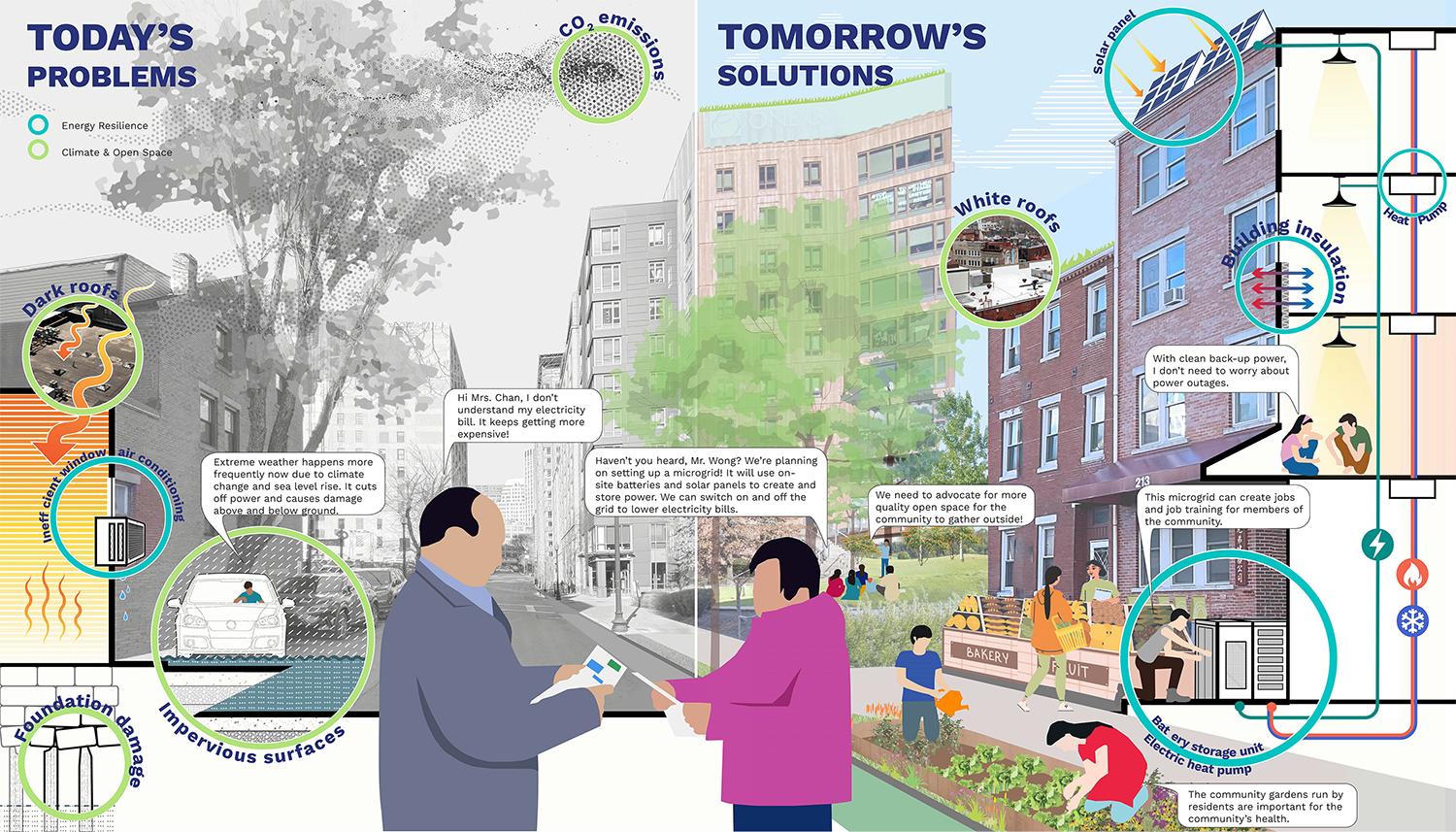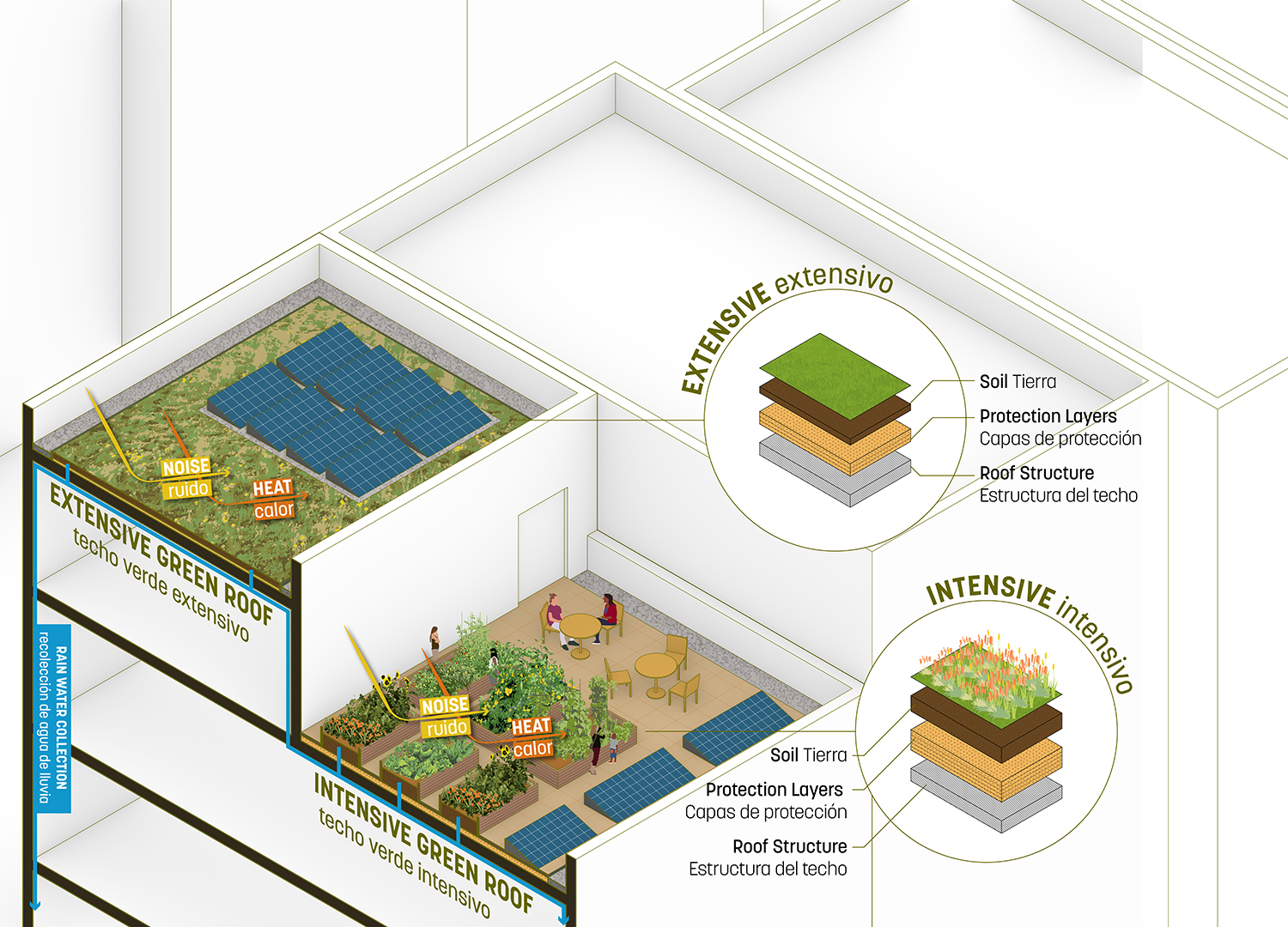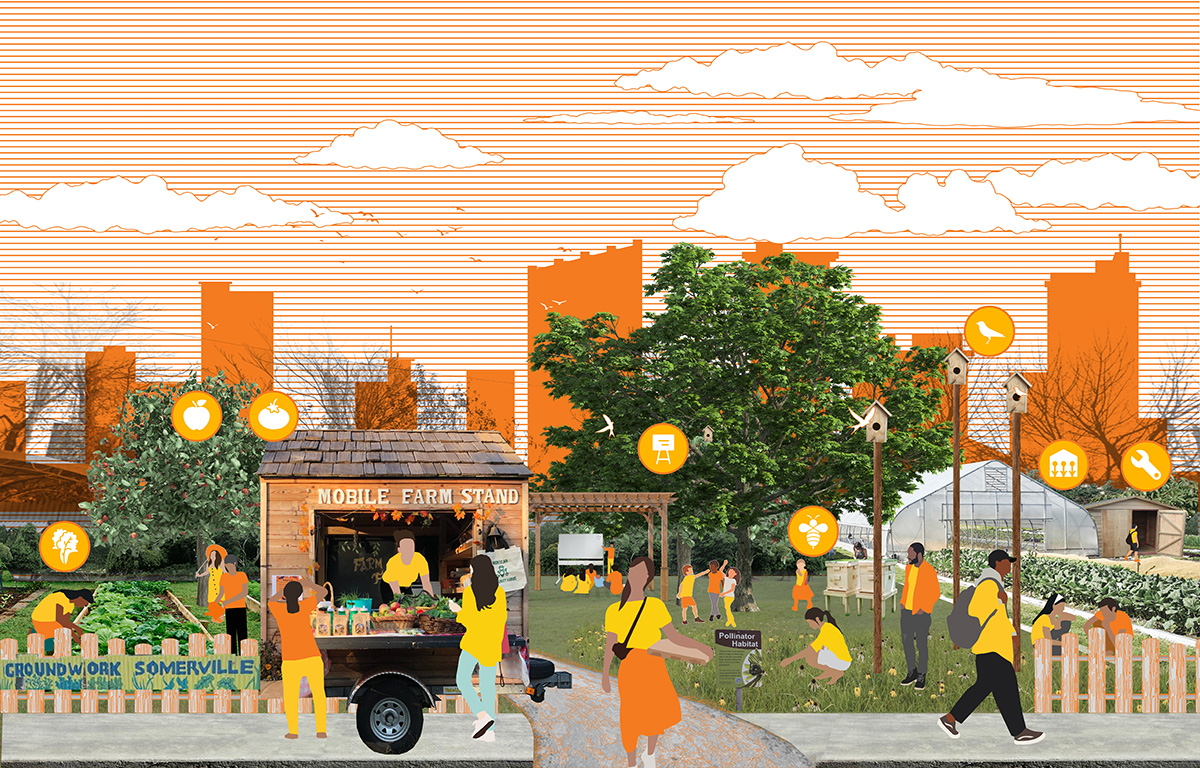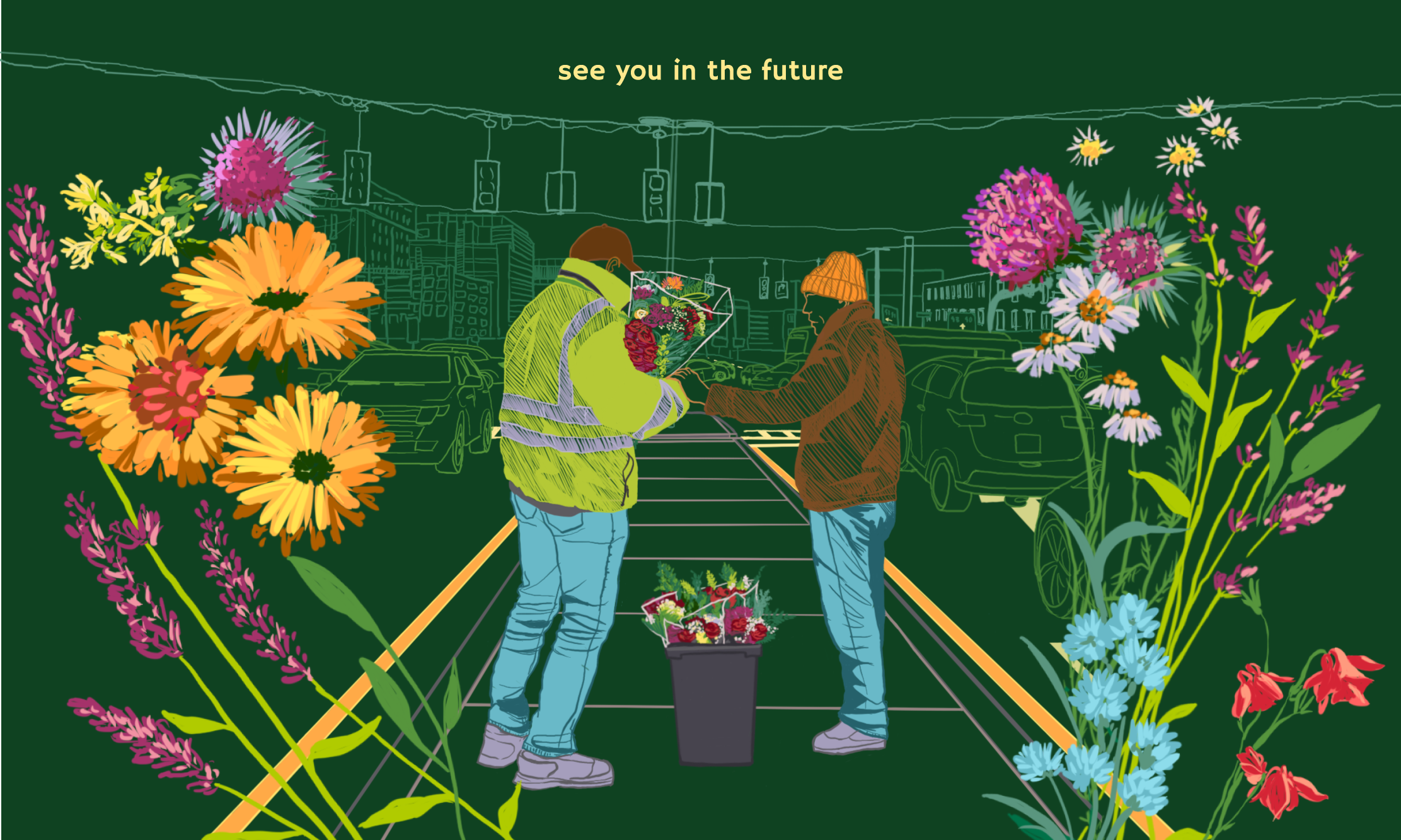2022 Design Grants cohort charrette day
110 Chauncy, Boston, MA
Chinatown Power, Inc., Chinatown Community Land Trust, and Climable crafted an energy literacy campaign tailored to Boston’s Chinatown. It includes a suite of educational materials covering energy resilience as well as environmental justice and public health risks, written in plain, easy-to-understand language in both English and Written Chinese.
This project complements ongoing work around energy democracy, climate resilience, heat mitigation, and open space in Chinatown. This includes advocating for community governance and improvements for Reggie Wong Park, a new community-oriented park in Parcel 25 development, and green space next to the future Chinatown Library. It also includes the development of a community-owned, clean energy virtual microgrid in Chinatown. A microgrid is typically a series of interconnected buildings that share a local energy generation source. In Chinatown, rather than interconnecting buildings, the project is installing solar panels and battery storage in buildings around Chinatown and coordinating their loads together virtually. This design will provide resilience and democratic decision-making control, as well as cost savings and improved comfort, to residents of the participating buildings.
This literacy campaign provides necessary background information and vocabulary around environmental justice issues in the community and contextualizes the need for and benefits of a community microgrid. This will empower residents to provide input on the design of the microgrid and to get involved in work addressing heat mitigation, open space, and green infrastructure. The campaign will be shared on social media, and live on the Chinatown Power website that is under development with the Hideo Sasaki Foundation’s support.
Learn more about Chinatown Power, Inc., Chinatown Community Land Trust, and Climable.

Today’s Problems, Tomorrow’s Solutions

Combating Green Gentrification graphic
Image courtesy Combating Green Gentrification in partnership with Sasaki
Combating Green Gentrification
Proactive Approaches to Climate Adaptation
New Models for Housing
Creative Community Building
Innovation in Health and Wellbeing
Bianca Bowman, Caroline Ellenbird, Jacqueline Segovia, Ana Vanegas
How do we make our city greener and healthier for residents without displacing those who call it home? This question frames Combating Green Gentrification, a collaboration between GreenRoots and Comunidades Enraizadas Community Land Trust, two resident-led organizations in Chelsea, MA, exploring the potential for green roofs on community land trust (CLT) homes.
Chelsea is a low-income, immigrant, environmental justice community facing increasing development pressures. Lack of green space negatively impacts residents of Chelsea in many ways, including poor air quality, high rates of asthma, greater flood risk from impervious surfaces, higher temperatures in hot months, and limited access to open space. Green roofs have the potential to address all of these issues. However they are costly to install, require maintenance, and can increase the value and appeal of a home, making them less accessible to low-income homeowners and potentially displacing existing residents. What would it take to install them on permanently affordable homes? What are the options, costs, and benefits for homeowners? Are they desirable to future CLT homeowners?
The project team researched green roofs, developed interactive materials to share with community members, and engaged the community in conversations about green roofs on CLT homes with an enthusiastic initial response. The team will continue to engage with community members and explore implementation with partners, funders, and green roof professionals. A pilot green roof on a CLT home will inform future efforts to realize this green infrastructure strategy in Chelsea through a framework of social, environmental, and economic justice.
Learn about GreenRoots and Comunidades Enraizadas Community Land Trust.
Envisioning Somerville’s New Urban Farm
Creative Community Building
Innovation in Health and Wellbeing
Envisioning Somerville’s New Urban Farm was created to help Groundwork Somerville address a challenge they are facing as a small organization in a neighborhood that’s rapidly developing. After 12 years of stewarding the land at their current location, their urban farm will be displaced by new development. They have support from the City of Somerville, MA, and the primary developer to move nearby, but the process has been challenging with no clear timeline and many stakeholders involved. Through the support of the Hideo Sasaki Foundation, Groundwork Somerville will be able to present, and advocate for, their vision of a new farm space to key decision-makers and stakeholders.
This project conducted a site analysis of two potential future farm sites, compiled a detailed list of current elements of the farm, and outlined new features that could contribute to Groundwork Somerville’s overall effectiveness and organizational impact through careful planning and creative design.
The team envisioned well-designed raised beds, a greenhouse, and added infrastructure, like a wash station, for the health and safety of their staff, youth, and volunteers. If given an accessible space, they have the potential to offer a fully-functional market space to sell their food and to educate the community on their programs. This added space can also be used to host community events and workshops. Thanks to this project, Groundwork Somerville will be able to co-envision a new farm with the community to retain a sense of ownership and critical involvement.
Learn about Groundwork Somerville.

A Bountiful Future graphic
Image courtesy Envisioning Somerville’s New Urban Farm in partnership with Sasaki

See You in the Future graphic
Image courtesy See You in the Future
See You in the Future
Creative Community Building
Melissa Q. Teng, Sabrina Dorsainvil, Stephen Walter, George Halfkenny, Evvy Diego
See You In The Future is a place-based storytelling and art project with the residents, workers, and visitors of a stigmatized informal area of Boston known as Mass. and Cass. The team is motivated by the fact that these residents were being written out of the future in the City of Boston’s latest neighborhood plan, by the criminalization and dispossession of this complex community where people have developed unsung care and survival practices, and by the relationships they have with folks on the ground, rooted in deep listening, building trust, and committing to co-creation as best as they can.
The team uses storytelling, public art, and design research to advocate for this complex community’s needs and to learn what spatial justice means in this context. Over the grant period, they have hosted regular arts workshops at a local community center; listened to and recorded stories with staff, guests, service providers, and advocates; started a participatory mural at the local men’s shelter paid by the Boston Public Health Commission; and begun a partnership with the Boston Society for Architecture to formalize and share their design methods and approach.
It is clear that neighborhoods live in us as much as we live in them, so this community art and storytelling project lays the foundation for a more intentional approach to designing the future of Mass. and Cass.
